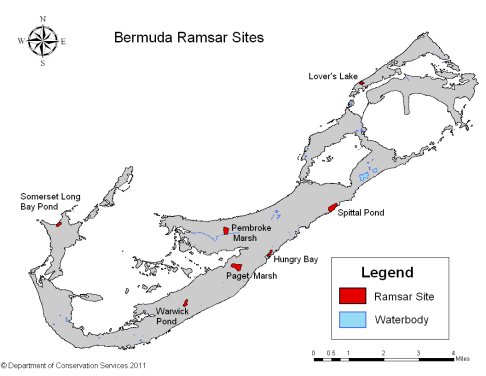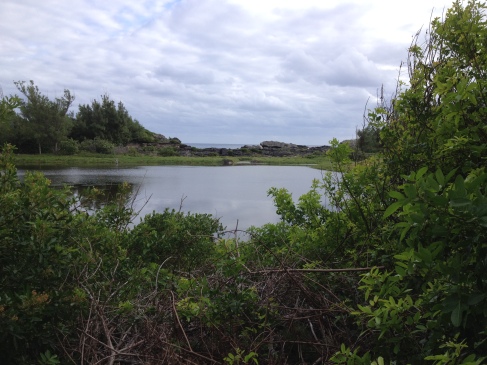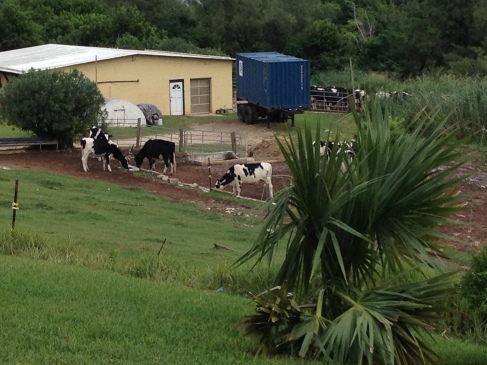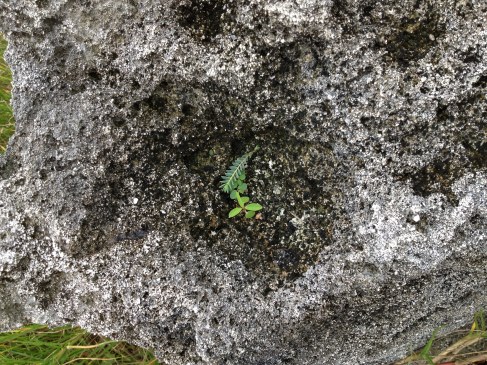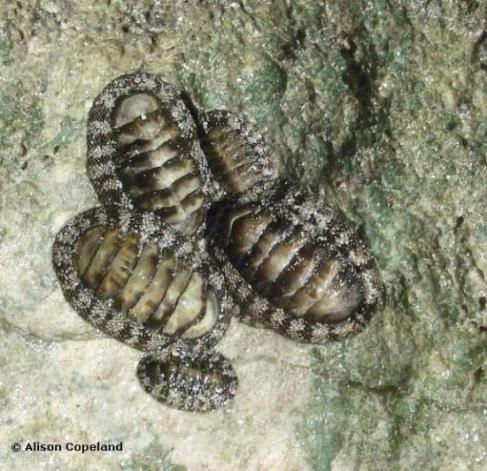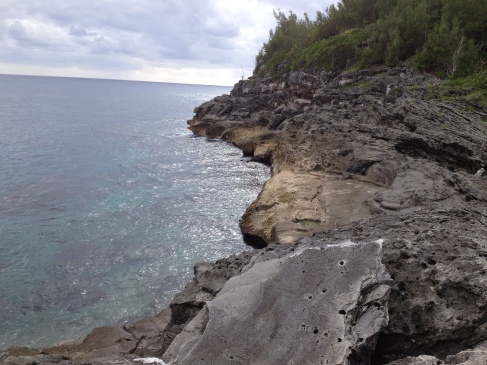Saturday saw us walking around Spittal Pond, a nature reserve on the South Shore in Smith’s Parish.
As you can see from the map, it is a Ramsar site, which means it is a wetland of international importance. The Ramsar convention, named after the place in Iran where the first meeting was held, was agreed by 18 countries in 1971 to conserve and sustain wetland areas across the globe. Now there are 168 country members and a over 2000 designated sites. Bermuda has 7 Ramsar sites of which Spittal Pond is the largest.
Why “Spittal”?
Variations of the English word have been used since the Middle Ages and seems to be a diminutive form of hospital – these were referred to in Middle English as Spitals or Spittles. For example, Spitalfields, in London, was an area around St Mary’s Spital, a priory hospital (not the exclusive group that run psychiatric resorts). There are several places in England and Scotland with a form of Spittal in the name. Someone has tentatively linked the name of this pond with a nearby farm they held sick cattle – seems a bit far fetched, though we did see the farm and some very healthy looking cows.
It has not always had this name – in the earliest maps it was labelled as Brackish Pond and in some Peniston’s Pond after a one-time owner.
Brackish is an apt description – the mud-flat-lagoon is frequently inundated with seawater during storms and so although it doesn’t have a permanent connection to the sea it has a variable salinity, becoming almost freshwater after rain. There is a wealth of information on the plants to be found around the pond on the Bermuda Conservation website:
http://www.conservation.Bermuda
A long time ago, when I did biology at school, I recall disliking plants and botany – animal biology and eventually human biology seemed so much more interesting. Maybe it is a sign of getting old, but I quite enjoy identifying and photographing plants now.
Ok, so maybe not the best specimen or the best photo, but it is one of my own!
The rocks and the sea
This is my favourite part of the reserve, where the waves pound upon the slopes of rock, foaming across the flat limestone. 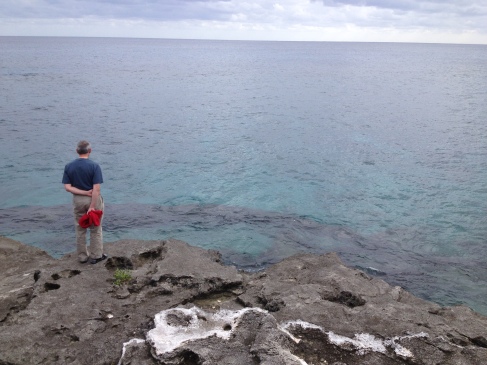
Then as you climb up the hill along a barely marked track you reach Portugese Rock (aka Spanish Rock). Here, in 1539, a Portugese sailor carved initials RP into a rock, with a cross depicting the Portugese Order of Christ. The actual rock has been removed and replaced with a bronze copy – now with additional initials carved by unknowns on and around the plaque. That was 70 years before Bermuda was settled by the English, how do we know it was a sailor and what he was doing here? We do know the Spanish arrived first, in 1505 Juan de Bermudez is reported to have discovered the islands. That ubiquitous reference Wiki…… claims he never landed, but someone must have done at some point – witness the rock and also the vast numbers of pigs found here when the English did eventually arrive (hogs left by Spanish ships in earlier years, clearly they found the land plentiful for pig production).
March is said to be the best time to visit Spittal Pond as migrating birds stop over, sometimes flamingos – I would love to see them in the wild (They have some very noisy ones at the Bermuda Aquarium and Zoo). Whales can also be spotted from the shore during Spring.
We did see a green heron, coots, ducks on the pond and in the sea crabs and large bright blue fish that are possibly Blue Tang or Parrotfish. There are some large West Indian Topshell Snails and hundreds of West Indian Chitons – you can find all of these on the Bermuda Conservation pages.
It isn’t a long walk, the area is just over 60 acres. You do need sensible shoes and be prepared to clamber over rocks and wade through long grass. It is a Bermuda National Trust property, entry is free and it is open from dawn to dusk.

